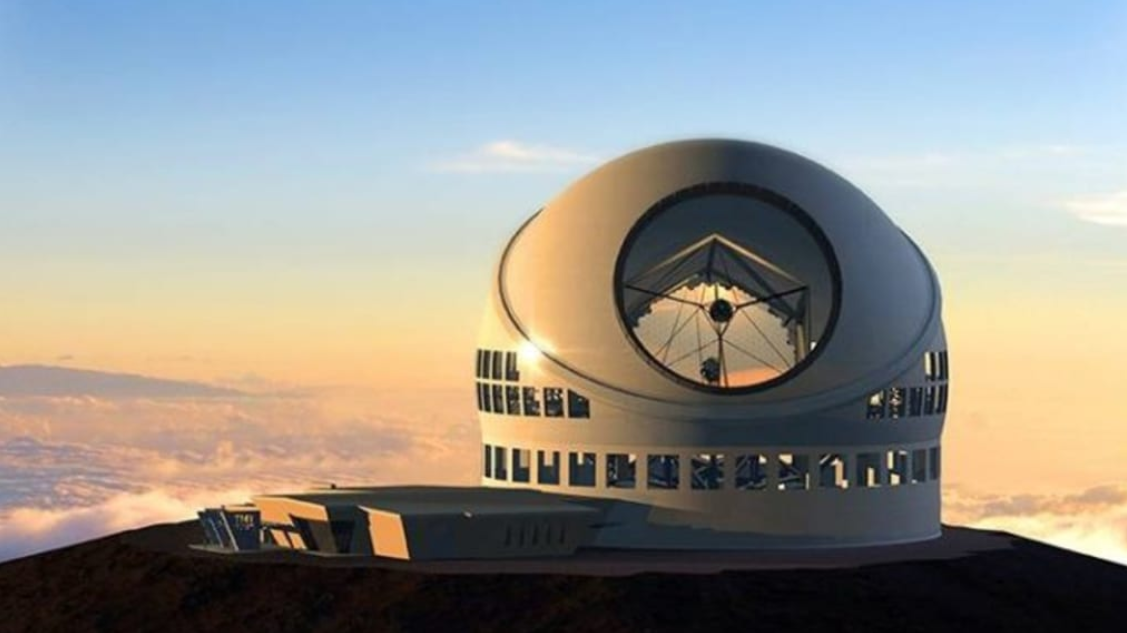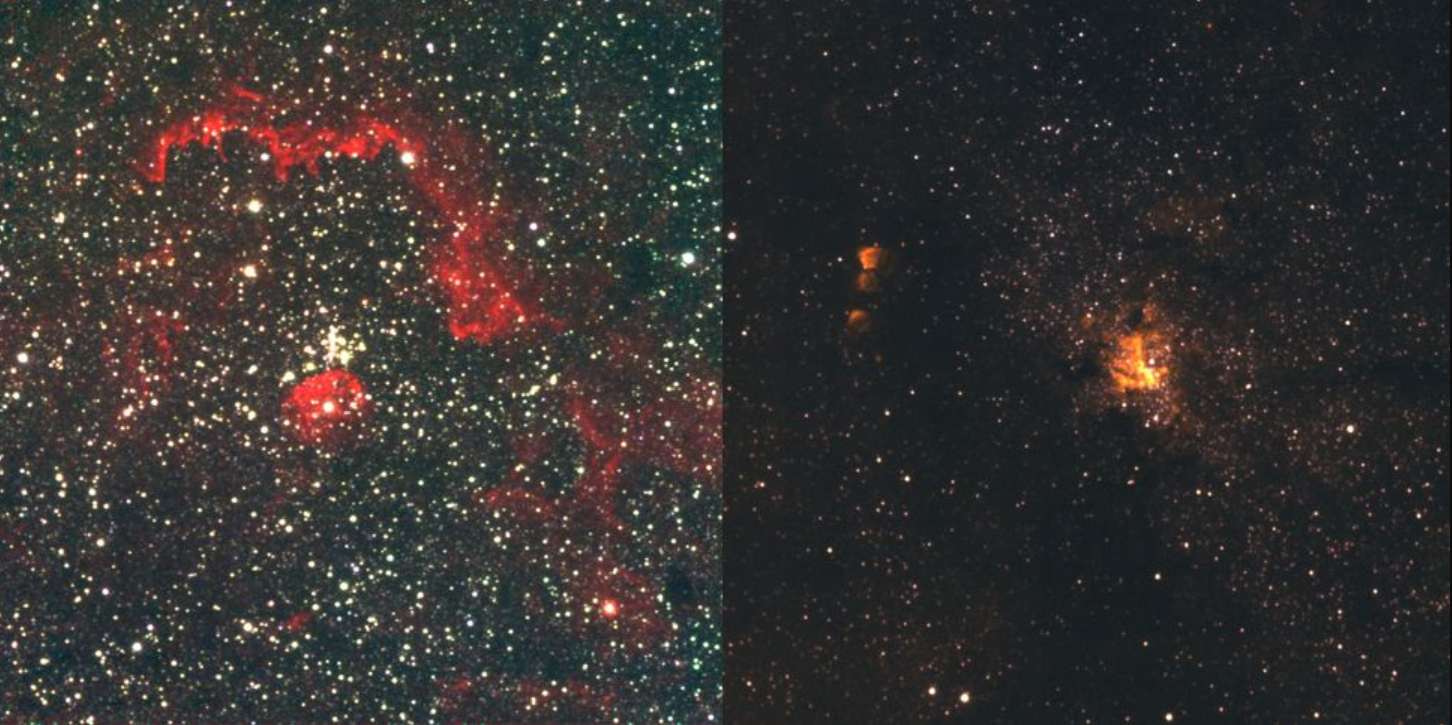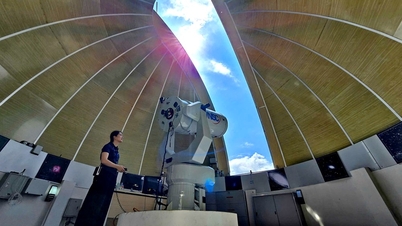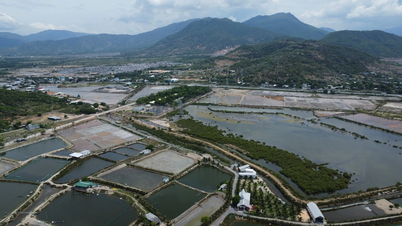
The University of Tokyo's Atacama Observatory is located at an altitude of 5,640 m.
For centuries, astronomers have strived to expand the boundaries of observatories to broaden humanity's view of the universe.
After the US National Aeronautics and Space Administration (NASA) put into use the James Webb Space Telescope at a position about 1.6 million km above the Earth, now it is Japan's turn to officially put into operation the University of Tokyo's Atacama Observatory on top of Cerro Chajnantor mountain in the Andes of Chile.
Built at an altitude of 5,640 m above sea level, the University of Tokyo's Atacama Observatory is currently the highest observatory in the world , surpassing the ALMA Observatory also in Chile but with an altitude of 5,050 m.
The idea of building the University of Tokyo's Atacama Observatory began 26 years ago, but the construction process faced many obstacles, not only technical but also political challenges.

The image (left) shows a dense cluster of stars near the center of the Milky Way some 26,000 light-years from Earth, and a massive young star cluster less than 100 light-years from the Milky Way's core (right).
Professor Yuzuru Yoshii of the University of Tokyo, who has led the project since 1998, said his team was committed to ensuring the rights of indigenous people in the area, seeking permission from the Chilean government for the project to begin, contacting local universities for technical cooperation, and even liaising with the Chilean Ministry of Health to ensure that staff could work safely at the observatory.
The observatory's 6.5-meter telescope includes two scientific instruments designed to observe the universe in infrared light. One of the instruments, SWIMS, is tasked with imaging galaxies in the early universe to learn how galaxies gathered dust and gas in the early days.
The second instrument is MIMIZUKU, which is tasked with studying primordial dust halos that form inside stars and galaxies.
Source link




![[Photo] Prime Minister Pham Minh Chinh inspects and directs the work of overcoming the consequences of floods after the storm in Thai Nguyen](https://vphoto.vietnam.vn/thumb/1200x675/vietnam/resource/IMAGE/2025/10/08/1759930075451_dsc-9441-jpg.webp)

![[Photo] Prime Minister Pham Minh Chinh attends the World Congress of the International Federation of Freight Forwarders and Transport Associations - FIATA](https://vphoto.vietnam.vn/thumb/1200x675/vietnam/resource/IMAGE/2025/10/08/1759936077106_dsc-0434-jpg.webp)




























![[Photo] Closing of the 13th Conference of the 13th Party Central Committee](https://vphoto.vietnam.vn/thumb/1200x675/vietnam/resource/IMAGE/2025/10/08/1759893763535_ndo_br_a3-bnd-2504-jpg.webp)
































































Comment (0)